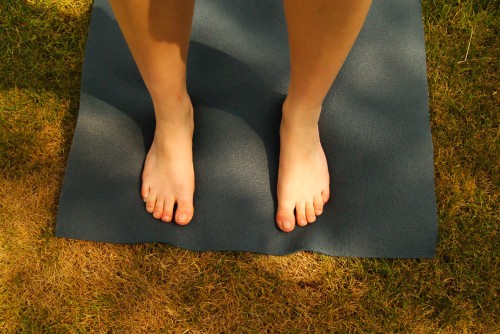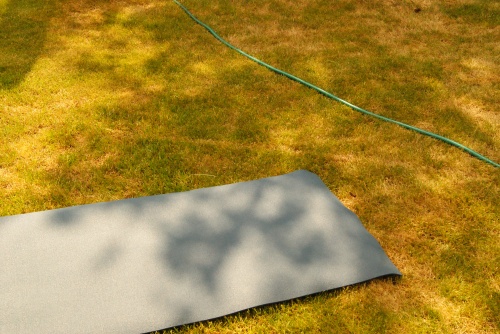Due to this being at home these past few weeks to study I haven’t been able to take a yoga class in a studio for a while, but I have been hitting the mat frequently myself in order to ease the tension in my back, working up some sweat and staying sane mentally.
So I was very excited to have scheduled a ‘real’ class at a studio for last night. It was a class at a studio I’ve never been to but taught by my favourite teacher from Leuven, so everything was sunny in Mixxedtape land.
That was until I consulted the site of the studio a couple of hours before the class and found out that the schedule had changed. I was planning to attend an ashtanga short form which had suddenly changed into a mysore class.
And my reaction to that was mentally changing into a nagging 6-year-old.
You see, I have followed mysore classes, but only the preparation ones, that were actually still led classes. I’ve never ever done the primary series on my own with no one talking me through it. Trust me, I’ve tried it at home and it didn’t work out that great: the standing poses are just fine but when I’ve gotten to the sitting poses I’m always sick of it and out of focus and NO, I do not want to do another vinyasa in between those two postures.
How mature of me 😉
Yet, I decided to just suck it up and go for it anyway, I was full of resistance, feeling really awkward and uncomfortable (especially when I was the only one there to start and other people came walking in after a few minutes while I was busy doing sun salutations).
I was struggling and out of focus, looking at other people, not really knowing what I was doing and things just felt all wrong, but I gradually let go of it, relaxed a bit more, gained some focus and then it got wonderful.
I’ve learned quite a bit about myself yesterday and the adjustments were spot on so I think this will really help me overcome these mental barriers that are holding me back when I’m doing the ashtanga series on my own.
You see, yoga is not just about the asanas, it’s about this too: overcoming mental barriers and letting go of resistance, not just on the mat but in every day life situations as well.
Namaste, M.




























